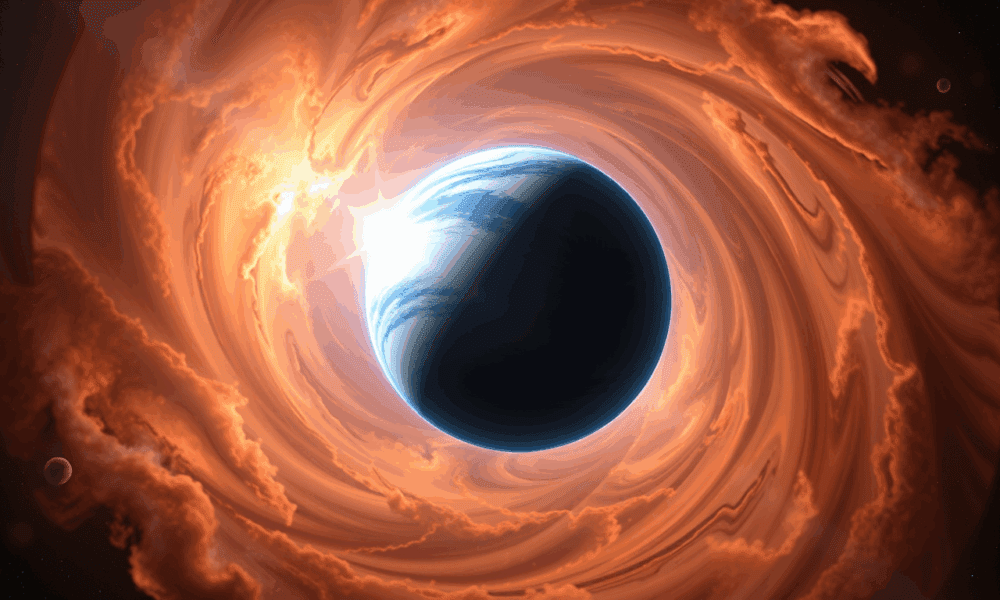
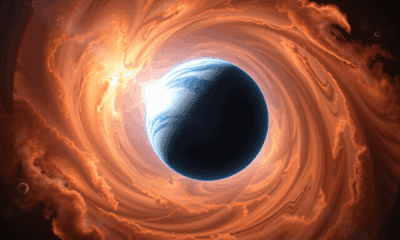

Astronomers have uncovered a massive, hidden exoplanet nestled in the dusty disc of a young star—MP Mus—by combining cutting-edge data from the ALMA observatory and ESA’s...
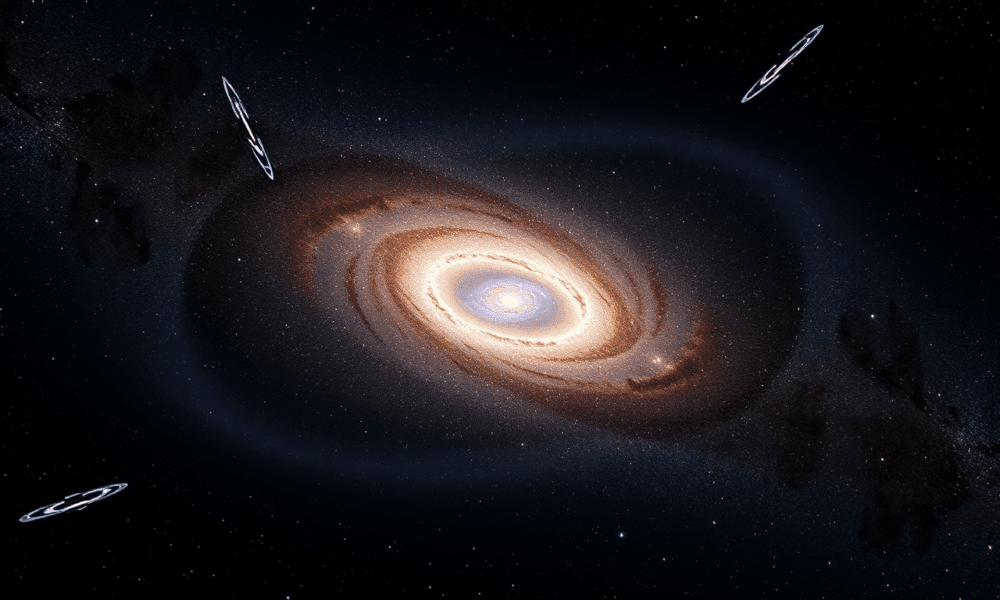
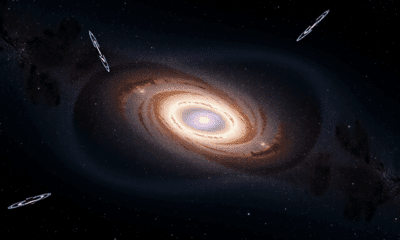

New supercomputer simulations suggest the Milky Way could be surrounded by dozens more faint, undetected satellite galaxies—up to 100 more than we currently know. These elusive...
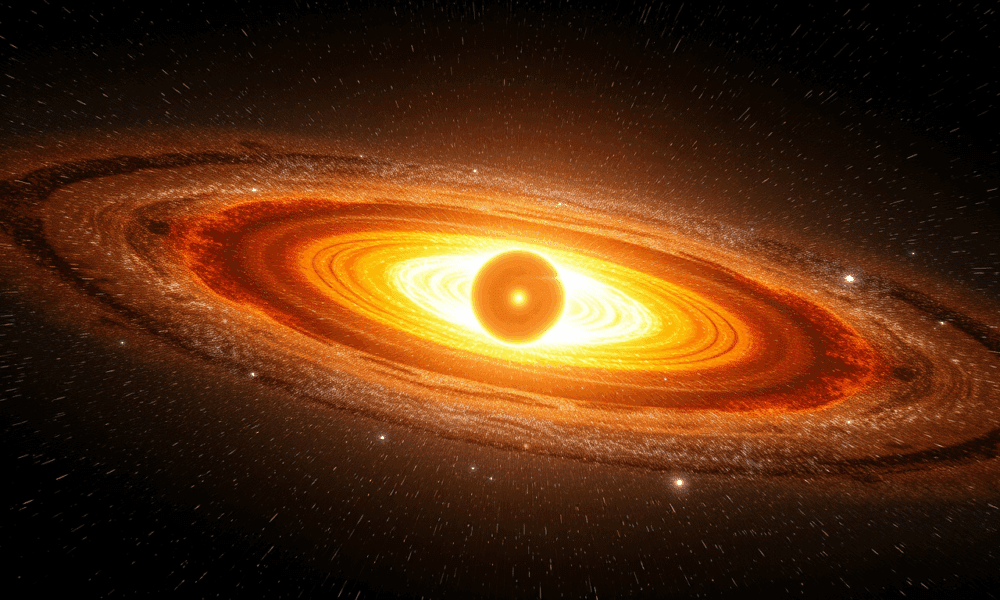
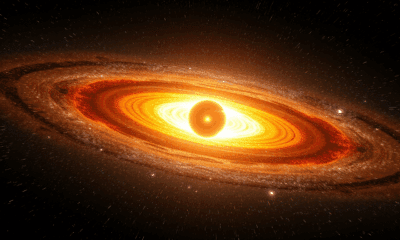

Imagine a star powered not by nuclear fusion, but by one of the universe’s greatest mysteries—dark matter. Scientists have proposed the existence of “dark dwarfs,” strange...
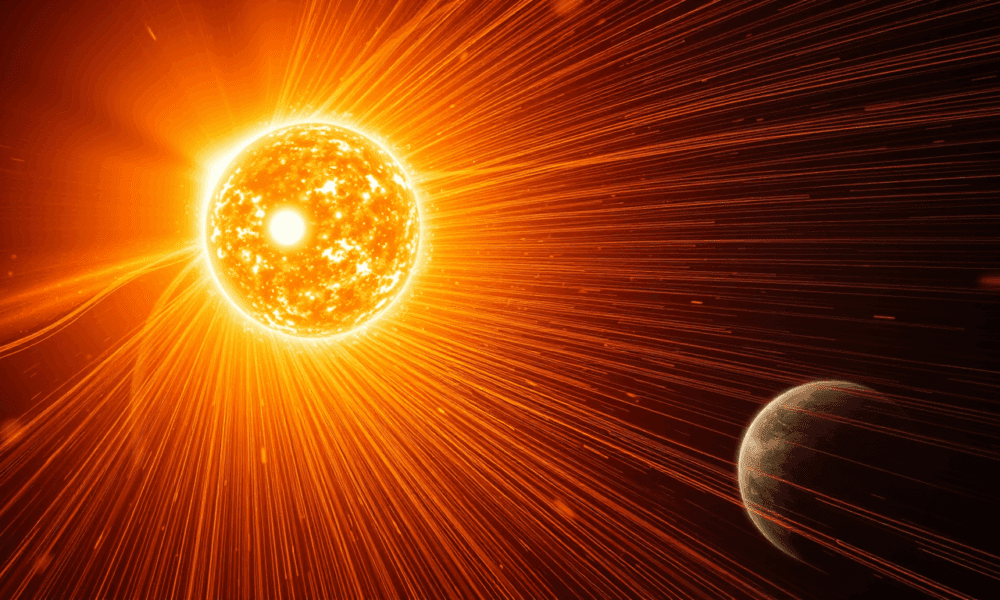
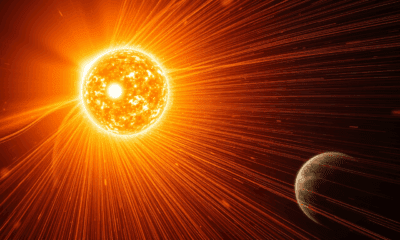

In its closest-ever dive into the Sun’s atmosphere, NASA’s Parker Solar Probe has returned stunning new images and data that bring scientists closer to solving one...
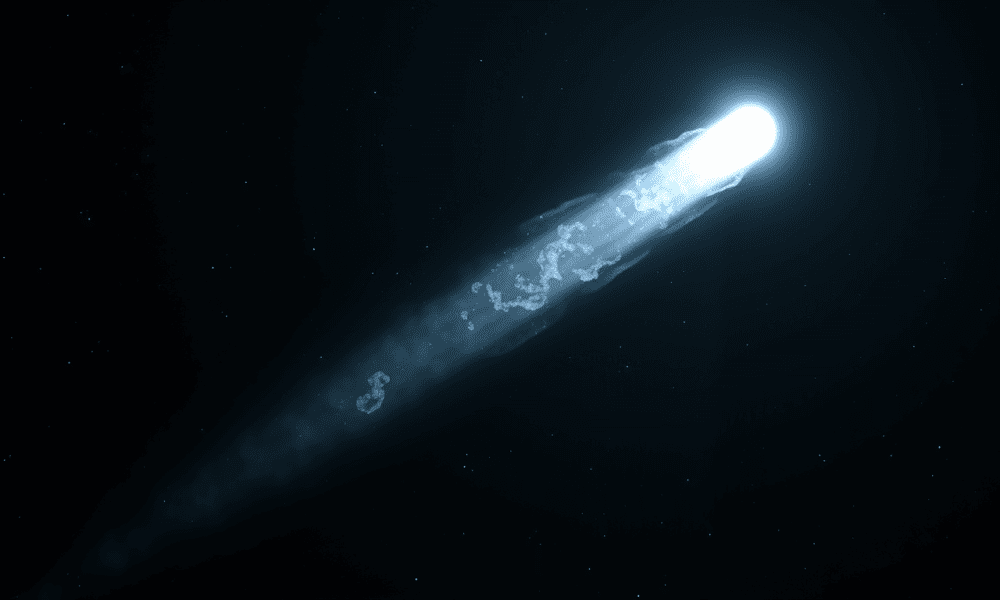
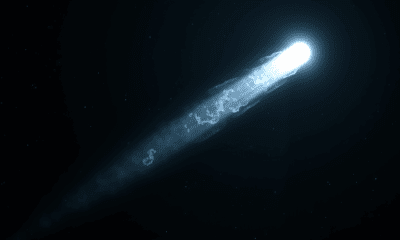

A newly discovered comet, 3I/ATLAS, may be the most ancient visitor ever detected, potentially older than our solar system itself. Unlike previous interstellar objects, this ice-rich...
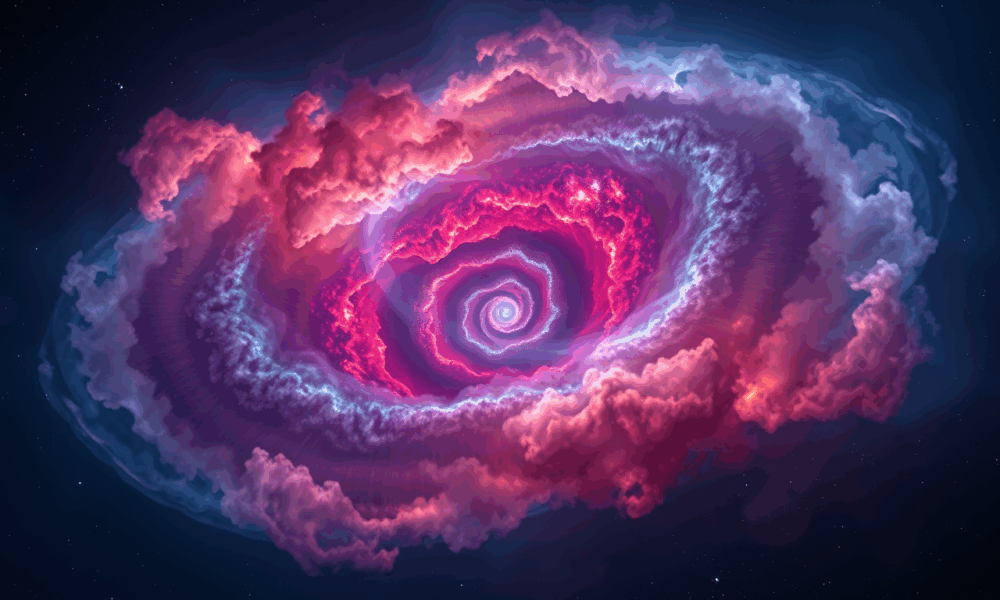
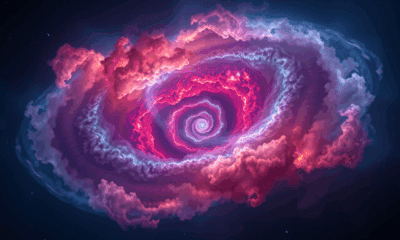

Astronomers studying the remnant SNR 0509-67.5 have finally caught a white dwarf in the act of a rare “double-detonation” supernova, where an initial helium blast on...
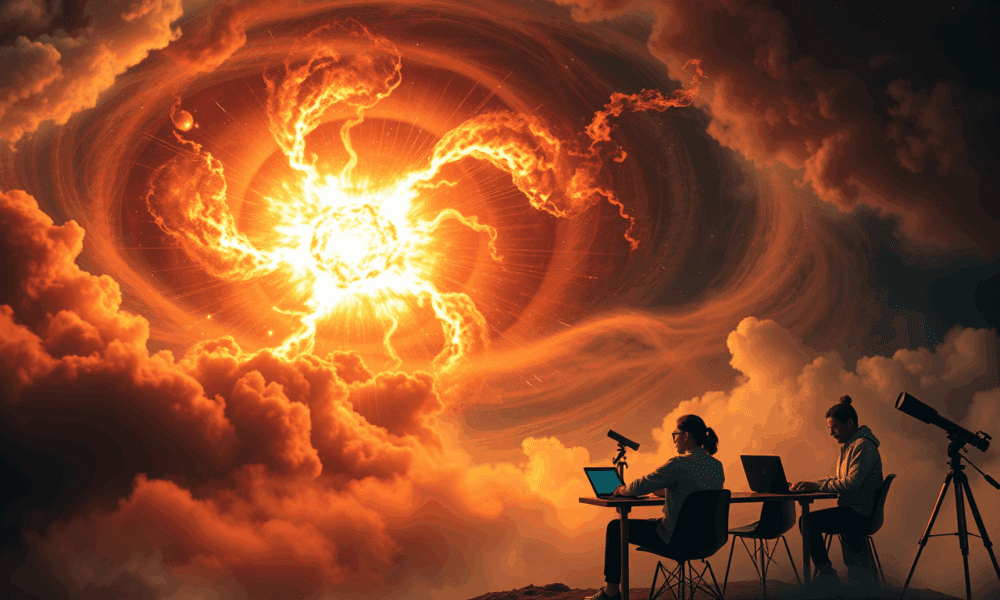
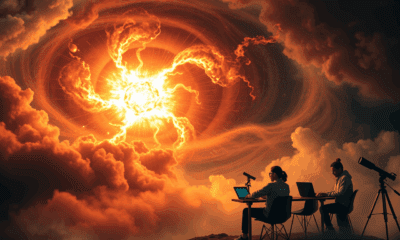

Citizen scientists using the Kilonova Seekers platform spotted a stellar flash 2,500 times brighter than before, allowing astronomers to identify the exploding cataclysmic variable GOTO0650 within...
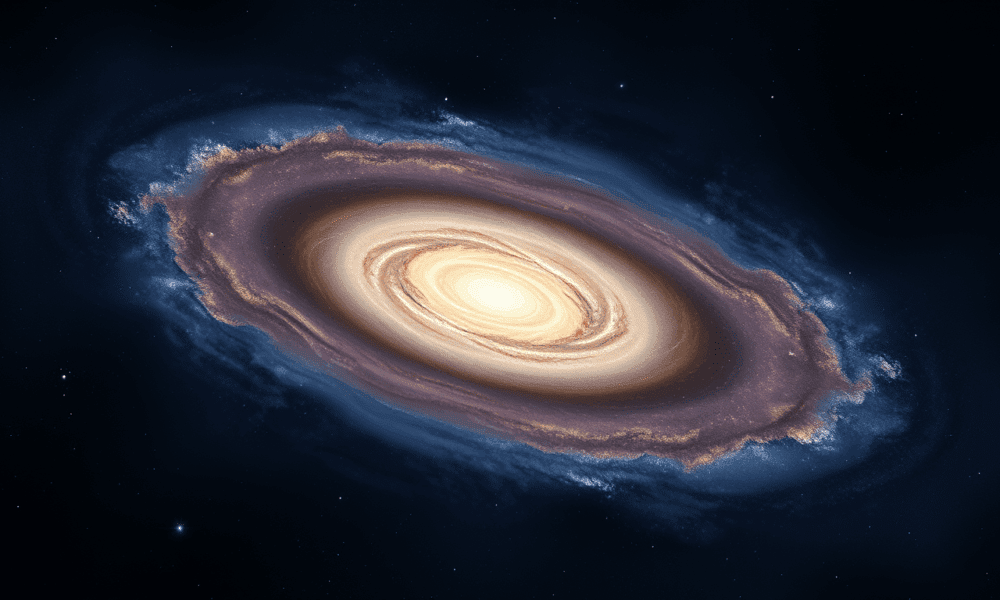
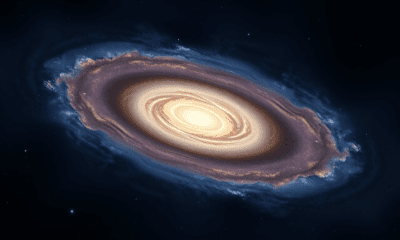

Using the James Webb Space Telescope, scientists spotted thin and thick disks in galaxies as far back as 10 billion years ago—something never seen before. These...

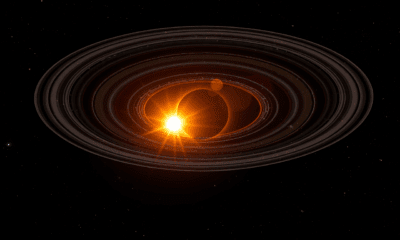

In a stellar nursery 460 light-years away, astronomers sharpened old ALMA data and spotted crisp rings and spirals swirling around 27 infant stars—evidence that planets start...
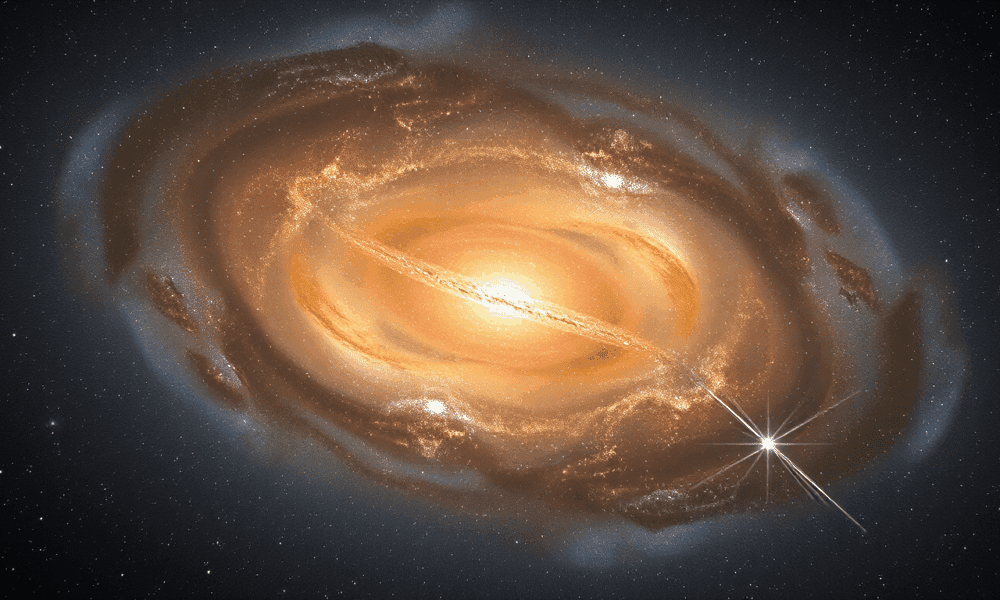
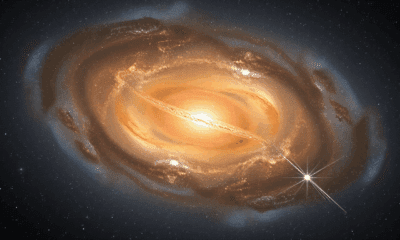

Scientists are peering into the universe's mysterious Cosmic Dawn using the faint whispers of hydrogen radio waves emitted over 13 billion years ago. These signals, particularly...